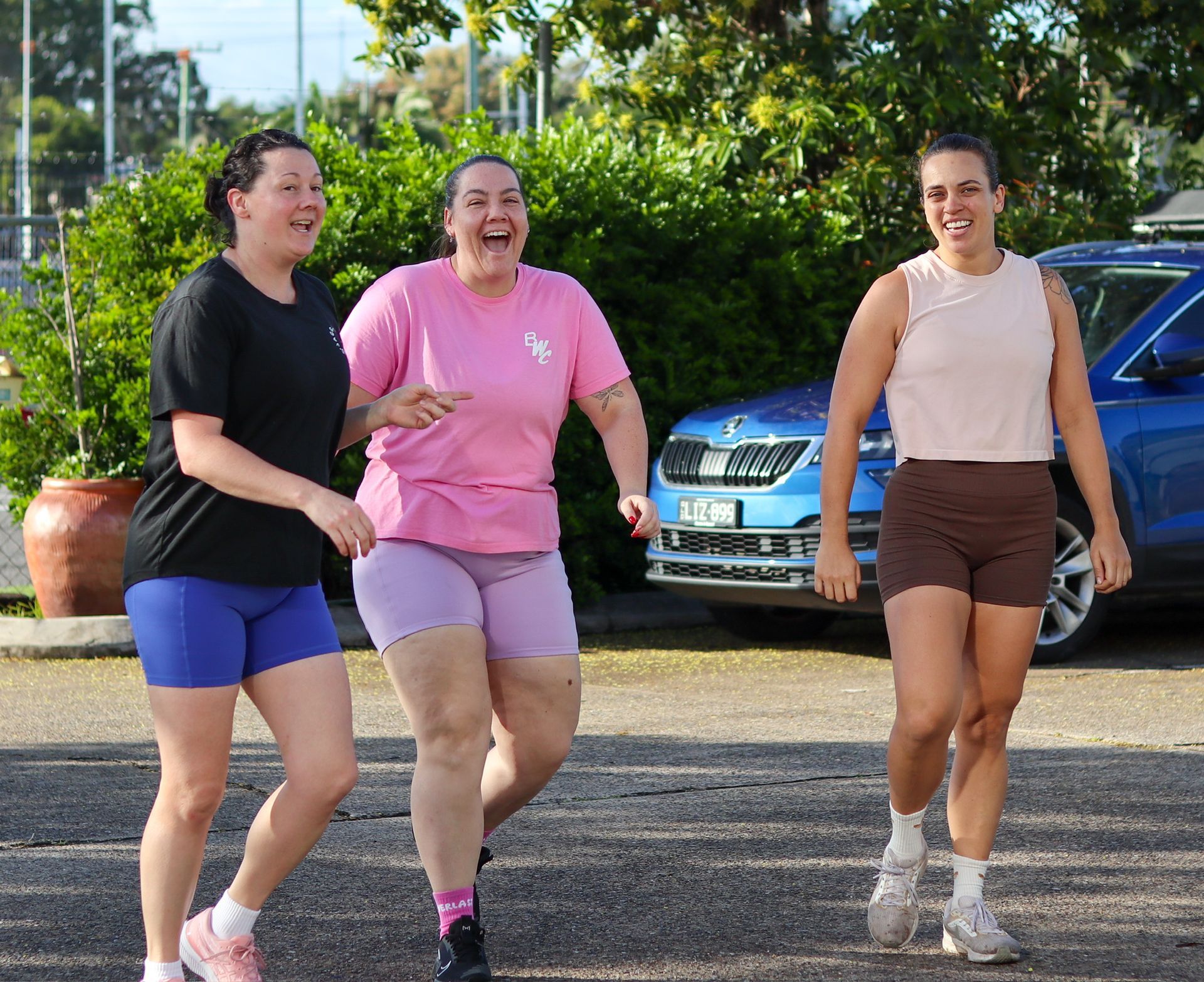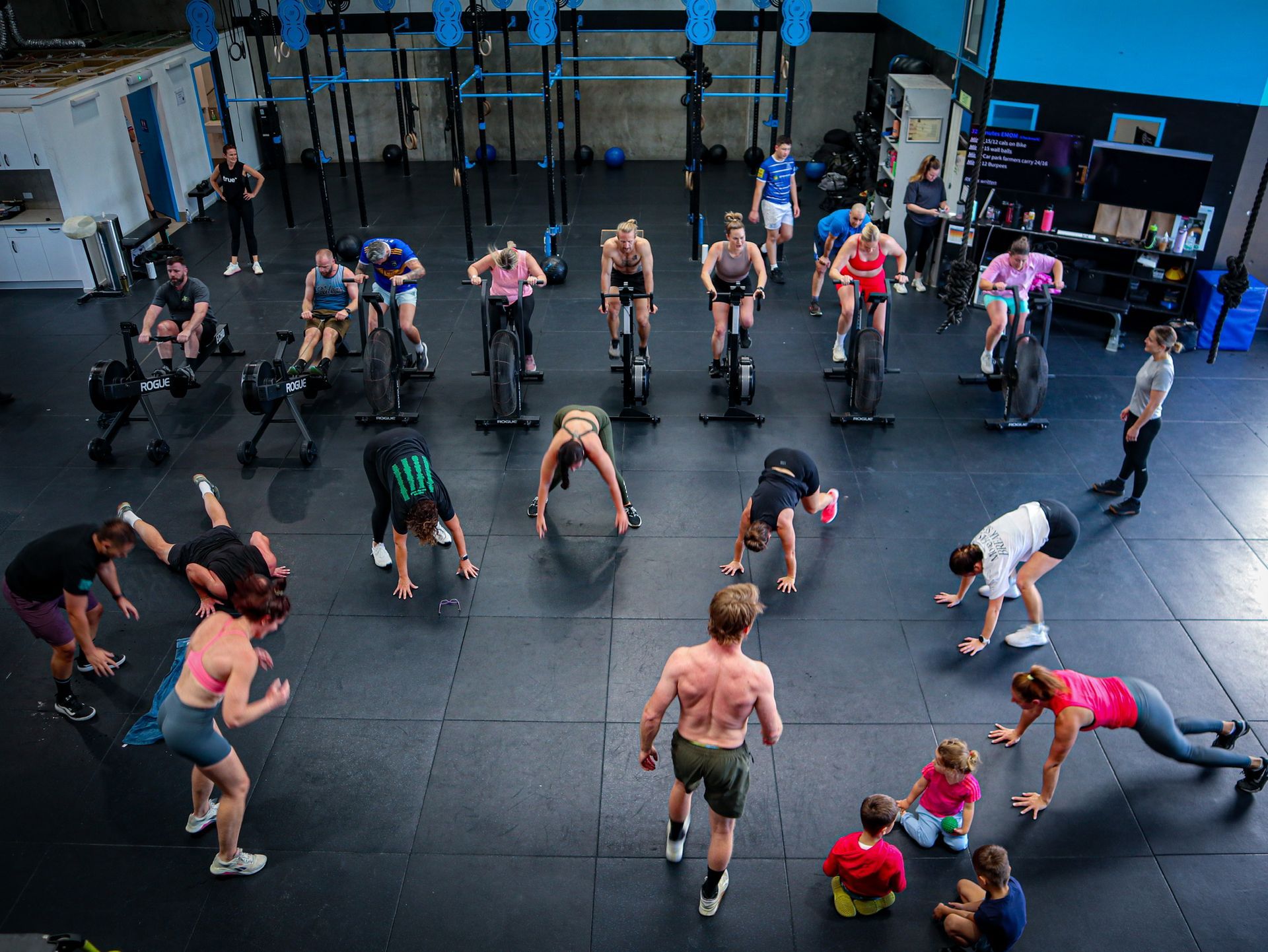What Makes A Good Strength And Conditioning Program?
Different coaches have different styles, and today there’s an
abundance of online coaching programs available.
But what truly makes a good program—and how do you ensure you’ll achieve your goals?
Knowing what you want out of your program and how you plan to approach it can be the difference between success and frustration.
What Is Strength and Conditioning?
First, let's define it:
Strength and Conditioning is the use of
sports science to enhance
movement quality.
It’s highly beneficial because it’s:
- Evidence-based, drawing from exercise physiology and anatomy
- Focused on two main components:
- Strength: Building raw muscle and force
- Conditioning: Improving your metabolic fitness and endurance
Signing up for a strength and conditioning program can transform your body and deliver incredible results, no matter your current level of experience—as long as you have passion and consistency.
The great thing about these programs is that they focus on improving:
- Movement quality
- Health
- Overall athletic performance
Key Elements to Consider in a Strength and Conditioning Program
Before designing or choosing a program, several factors must be considered:
- Number of participants training
- Experience level and age of trainees
- Available equipment and space for sessions
- Number of weekly sessions and duration of each
- Practice and competition schedules (for athletes)
Where to Begin: Start Simple
Starting simple is always the safest and smartest choice.
Training involves repetitive movements, so:
- Focus on learning and mastering fundamental movement patterns.
- Start with just a few exercises and simple training structures.
- Prioritize perfecting technique before introducing complexity.
Taking your time perfects form and reduces injury risk—there’s never a downside to mastering the basics first.
The 5 Phases of a Strength and Conditioning Program
A structured program often follows these five phases:
Phase 1: Hypertrophy (High Volume, Low Intensity)
- Focus: Reconditioning the body, increasing lean mass, improving muscular endurance
- Reps/Sets: 8–15 reps for 2–4 sets
- Duration: 2–6 weeks
- Goal: Build a strong foundation for upcoming strength phases
This phase may feel repetitive, but it's crucial for long-term gains.
Phase 2: Basic Strength (Moderate Volume, High Intensity)
- Focus: Increasing raw strength to prepare for high-intensity work
- Reps/Sets: 5 reps for 3–5 sets
Strength increases significantly during this stage, forming the backbone for power development.
Phase 3: Strength/Power (Low Volume, Very High Intensity)
- Focus: Developing explosive power
- Reps/Sets: 2–3 reps for 3–5 sets
Lower volume helps reduce fatigue while maximizing power output.
Phase 4: Peaking and Maintenance
- Focus: Peaking for competition and maintaining strength
- Reps/Sets: 1–3 reps for 1–3 sets
Training intensity remains high, but volume drops to ensure full recovery and peak performance during key events.
Phase 5: Active Rest (Very Low Volume, Very Low Intensity)
- Focus: Recovery and rejuvenation
- Approach: 1–2 weeks off from heavy training, followed by light activity
Rest is equally important as training—it allows the body to repair, rebuild, and prepare for the next training cycle.
Final Thoughts
Strength and conditioning is a journey, not a quick fix.
Building strength, power, and endurance takes time, consistency, and smart programming.
Start simple, master the basics, follow structured phases, and remember: Recovery is just as important as hard work.
If you have questions about strength and conditioning programming, or want to hear how our programs at
Rebuild Health & Fitness work,
get in touch—we’d love to help guide your journey.
Previous Blogs




